Electric Circuit
An electric circuit is a closed path in which electrons move to produce electric currents. Electric circuits are important concepts that have practical applications in our daily lives.
A circuit is a complete path for current when voltage is applied.
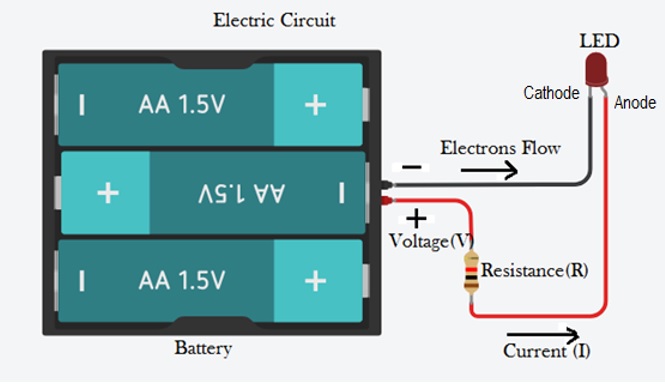
When we provide a path for the battery by connecting a piece of wire from one end of the battery to the other, forming a circuit with a loop of wire, we will initiate a continuous flow of electrons in a clockwise direction. Because of electrons are negative and like charges repel, while unlike charges attract, Electrons flow from negative terminal of the battery to positive terminal of the battery.So long as the battery continues to produce voltage and the continuity of the electrical path isn't broken, electrons will continue to flow in the circuit.
So long as the voltage source keeps "pushing" in the same direction, the electron flow will continue to move in the same direction in the circuit. This single-direction flow of electrons is called a Direct Current, or DC.
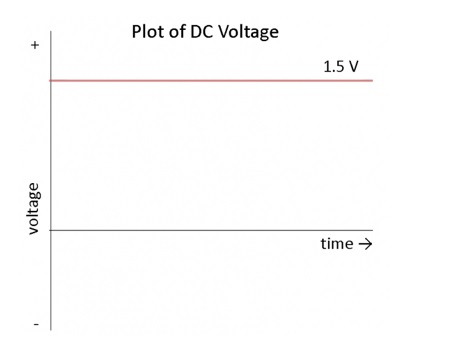
Electric charge in alternating current (AC), on the other hand, changes direction periodically. The voltage in AC circuits also periodically reverses because the current changes direction.
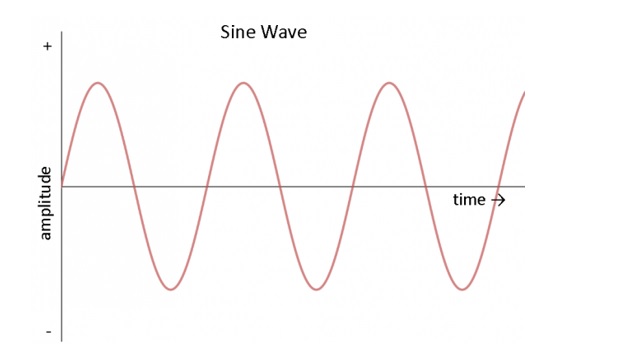
Source of Electrical Energy
The first component in an electric circuit is the source of electrical energy that allows electrons to move. This source could be a battery, a solar cell, or a hydroelectric plant—a place where there's a positive terminal and a negative terminal and from where charge could flow from one to the other. This push of electric charge is called voltage whose potential is measured in volts.
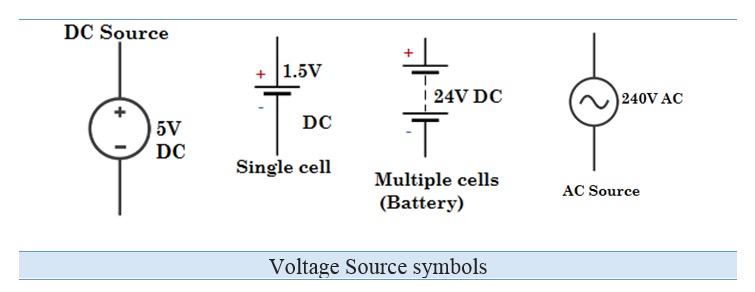
Batteries in series and Parallel:
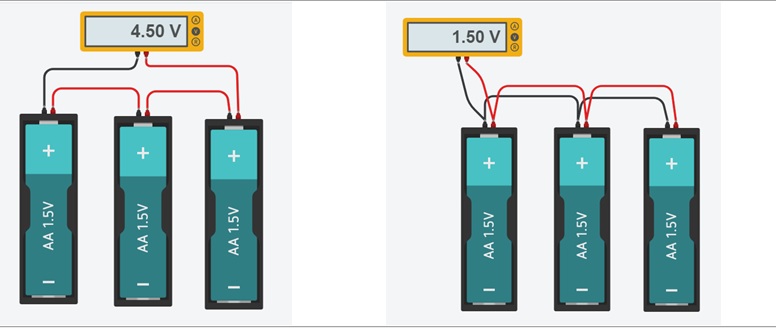
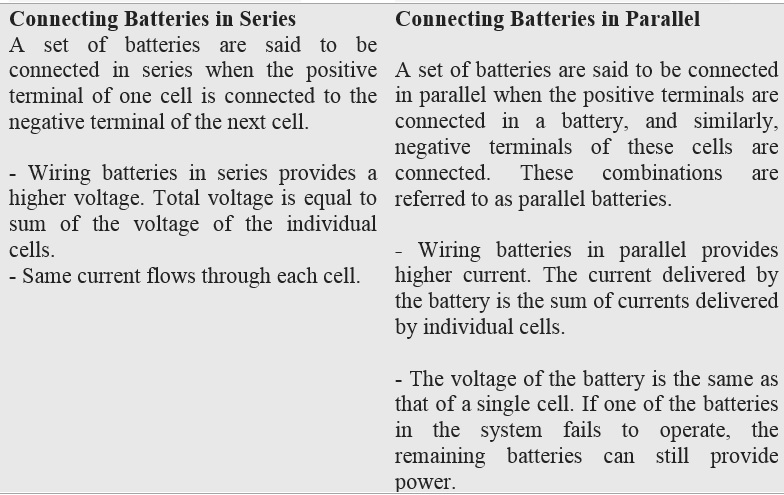
Short Circuit:
A short circuit is an electric circuit offering little or no resistance to the flow of electrons. When short circuit happens, resistance lessens instantly and a large volume of current flows through an unexpected pathway.
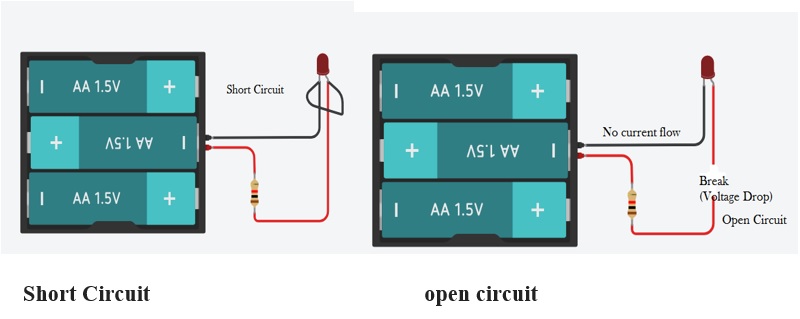
Open Circuit:
If due to disconnection of any part of an electric circuit if there is no flow of current through the circuit, is said to be an open circuited.
Closed Circuit:
If there is no discontinuity in the circuit and current can flow from one part to another part of the circuit, the circuit is said to be closed circuit.
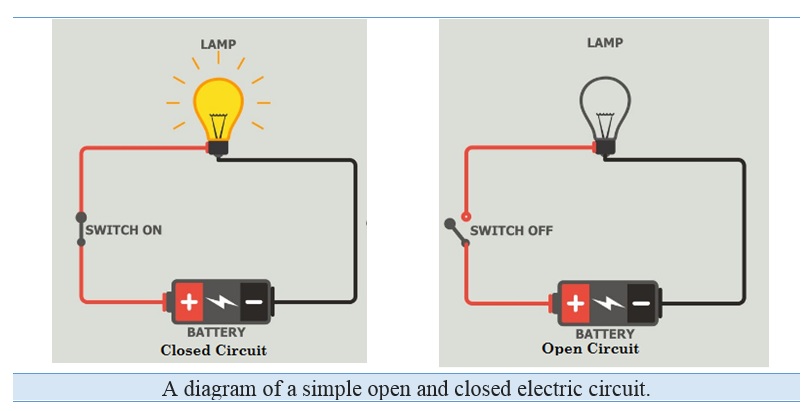
Some facts about circuit
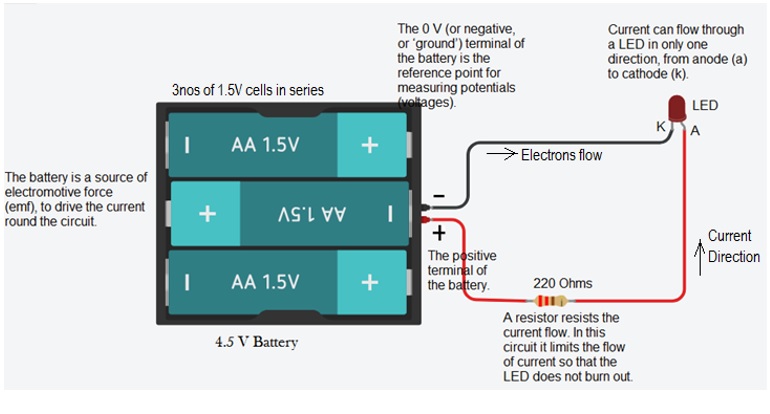
Voltages in the Circuit:
Voltage Drop: Whenever current passes through any component, the voltage is used up. The used is voltage is called Voltage drop.
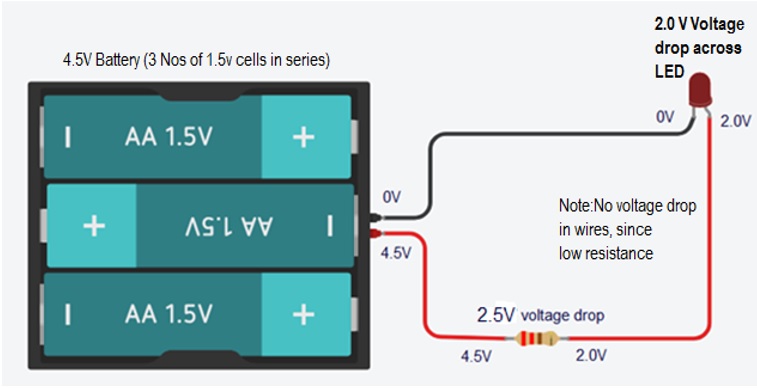
Energy Conversions in the circuit:
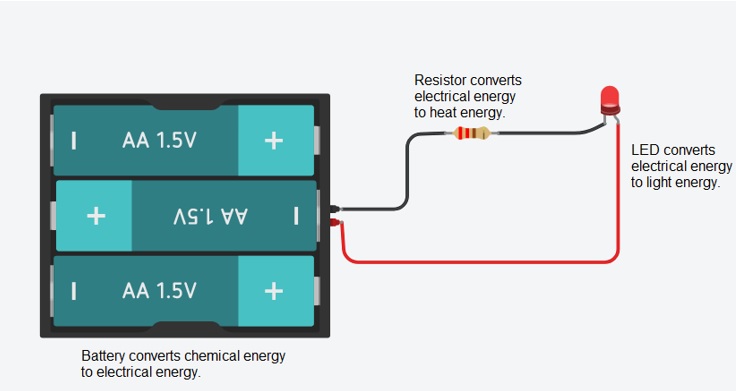
Series and Parallel Circuits
Circuits consisting of just one battery and one load resistance are very simple to analyze, but they are not often found in practical applications. Usually, we find circuits where more than two components are connected together. There are two basic ways in which to connect more than two circuit components: series and parallel.
Series Circuit:
In a series circuit, all components are connected end-to-end, forming a single path for current flow. Let us consider the household decorative string lights as an example of a series circuit. This is nothing but a series of multiple tiny bulbs connected in series. If one bulb fuses or circuit breaks, current not able to flow, all the bulbs in series do not light up.
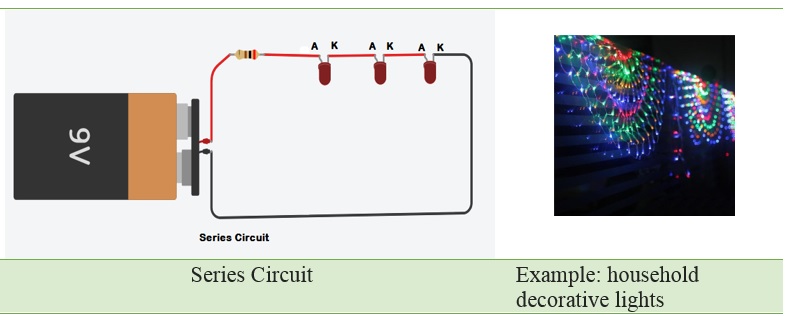
Observations in the Series Circuit:
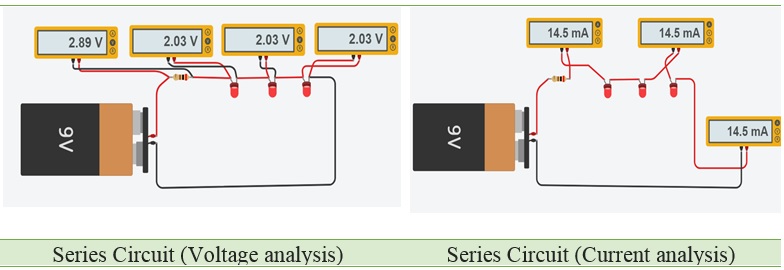
Current: The amount of current is the same through any component in a series circuit.
Resistance: The total resistance of any series circuit is equal to the sum of the individual resistances.
Voltage: The supply voltage in a series circuit is equal to the sum of the individual voltage drops. The largest resistor has the largest voltage.
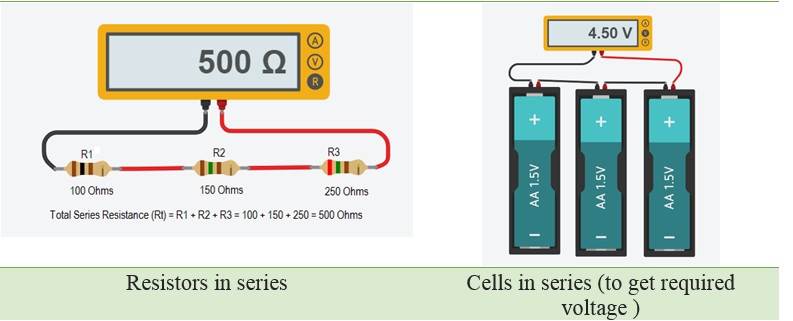
Parallel Circuit:
A circuit is called a Parallel Circuit when two or more components are connected to the same node and both the sides of the components are connected directly to the battery or any other source. The current in a Parallel-Circuit has two or more paths to flow through it.
The most common example of Parallel-Circuit is the wiring of car headlights. In case the car headlights were in series, then if one of the lights fail, the other would also turn off which means the safety factor is lost.
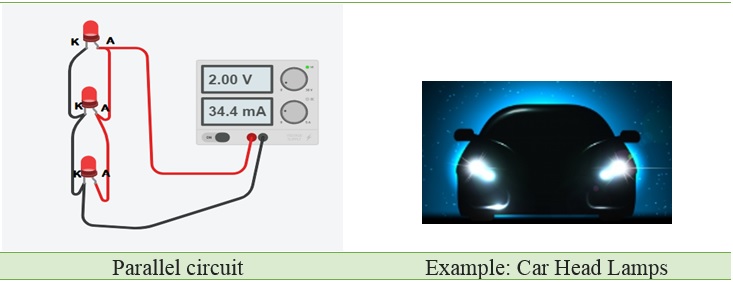
Observations in the Parallel Circuit:
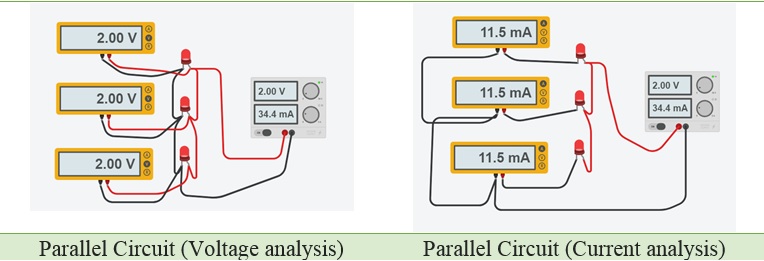
Resistors in parallel
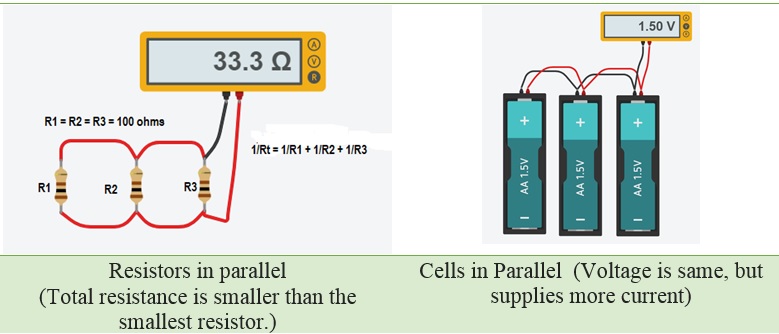
Current: The total circuit current is equal to the sum of the individual branch currents. The largest share current flows through the smallest resistance.
Resistance: Total resistance in a parallel circuit is less than any of the individual resistances.
Voltage: The Voltage is equal across all components in a parallel circuit.